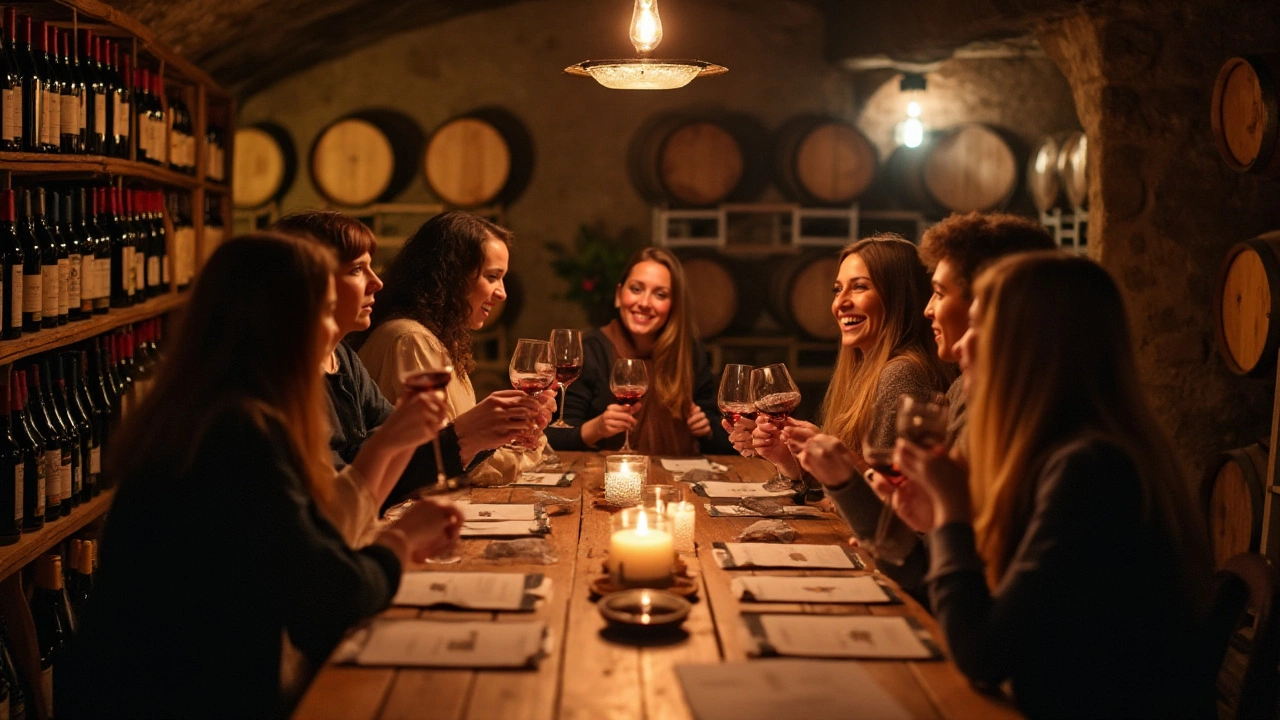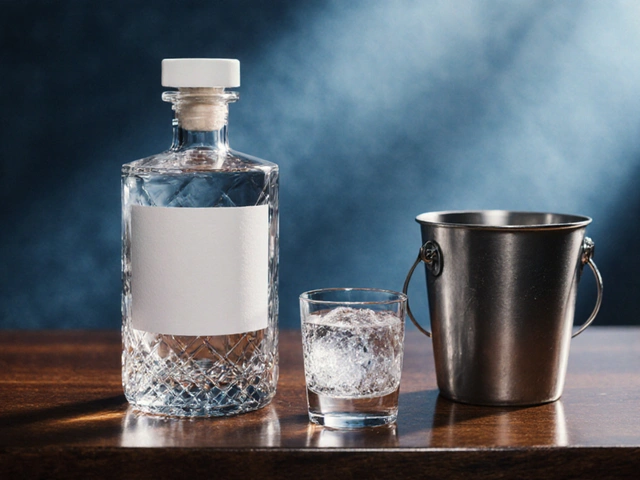Wine Education: Your Quick Guide to Tasting, Pairing, and Fun Facts
If you’ve ever felt lost staring at a wine list, you’re not alone. Wine education doesn’t have to be a lecture; it’s just a few practical tricks that make every sip more enjoyable. Below you’ll find the core ideas you need to taste confidently, match food effortlessly, and impress friends without sounding pretentious.
Tasting Basics You Can Use Today
Start with three simple steps: look, swirl, sniff, sip. Hold the glass up to light – the color tells you age and grape type. A deep ruby usually means a fuller body, while a pale straw hints at a lighter style.
Give the wine a gentle swirl. This releases aromas that are hidden when the liquid sits still. When you bring the glass to your nose, take a quick sniff, then a deeper inhale. Ask yourself: is it fruity, floral, earthy, or spicy? You don’t need a perfume dictionary; just pick the scents that stand out to you.Take a small sip and let it roll across your tongue. Notice the first impression (sweet, sour, bitter), the mid‑palate texture, and the finish. If the wine feels smooth and stays on your palate, it’s likely well‑balanced. Jot down a single word – “bright,” “rich,” or “crisp” – to lock the memory.
Practice this routine with three different wines in one sitting. You’ll start spotting patterns, like how higher acidity feels lighter and how oak adds a vanilla note. No fancy equipment, just a glass and curiosity.
Food Pairing Made Simple
The classic rule “red with red meat, white with fish” works, but it’s more about balance than color. Think of three pairing principles: match weight, mirror acidity, and complement flavors.
Weight means the body of the wine and the dish. Light salads go well with a zesty Sauvignon Blanc, while a hearty stew loves a full‑bodied Cabernet. If the food feels heavy, choose a wine with enough alcohol and tannin to cut through it.
Acidity is the wine’s liveliness. High‑acid wines (like Riesling) brighten fatty foods, making them feel less greasy. Pair a buttery sauce with a crisp Pinot Grigio, and the acidity will cleanse the palate between bites.
Flavor complement is about echoing or contrasting key notes. A citrusy wine pairs nicely with lemon‑y dishes. A smoky Malbec shines next to grilled meats because the smoke on the wine mirrors the char on the grill.
Don’t forget texture. Sparkling wines have bubbles that lift creamy cheeses, while a silky Merlot smooths out spicy Asian cuisine. Experiment: try the same dish with two different wines and see which one feels right.
Finally, trust your nose and palate. If a wine makes you smile, it’s probably a good match. The goal of wine education is to turn guessing into confidence, so you can enjoy each glass without overthinking.
Now that you’ve got tasting basics and pairing rules, the world of wine feels less like a maze and more like a playground. Keep a small notebook, note the wines you try, and revisit the steps whenever you’re unsure. With a little practice, you’ll find yourself making solid choices in any restaurant or at home, and you’ll actually look forward to exploring new bottles.
Wine tasting is an immersive experience that goes beyond simply sipping on a variety of wines. It involves a journey through the senses, a chance to engage with the nuances of each wine's flavor, aroma, and texture. Wine tastings offer an opportunity to learn not only about different wine types but also about the regions and processes from which they originate. Whether you're a seasoned oenophile or a curious novice, understanding what happens at a wine tasting can enrich your experience and deepen your appreciation for the art of winemaking.
View Details

